Ouch! So, you missed your footing on the stairs and fell. You landed badly twisting your ankle in a funny direction. It could have been worse of course, but it’s still not great. It’s time to call your osteopath.
What Is a Medial Ankle Sprain?
When your foot rolled it stretched or even tore the ligaments holding your ankle together. A medial ankle sprain is an injury to the ligaments on the inside of the ankle. (Ligaments, by the way, are tough bands of tissue that connect bones to each other. They help to stabilise joints and prevent them from moving too far out of place.) Medial ankle sprains are less common than lateral ankle sprains, which occur on the outside. This is because the deltoid ligament which runs along the inside is particularly strong. Not only does the strength of the deltoid ligament make a roll outward (called an eversion) less likely than an inward roll (called an inversion), but it makes injury less likely. However, if the twist, trip, or direct blow is bad enough even the deltoid ligament can tear.
Symptoms of a medial ankle sprain may include:
· Pain on the inside of the ankle
· Swelling
· Bruising
· Tenderness
· Difficulty walking or putting weight on the affected foot.
How Do I Treat It?
The treatment for a medial ankle sprain will depend on the severity of the injury. At first, you must apply the RICE protocol: Rest, Ice, Compression, and Elevation. We know you’ve heard it before, but it bears repeating. You must keep your weight off the injured foot for a time – skipping this step or attempting to fast-forward through it could seriously impact your healing. What does Ice mean – it means ice it for twenty minutes every two to three hours (and yes to all the smartie-pants out there – you can have a break while you sleep!) Wrap your ankle in a compression bandage and prop it up above your heart level. RICE is generally considered effective for up to three days. But don’t hang about, remember to get in and visit your osteopath early in the injury. We will work with you to promote healing, reduce pain, reclaim your ankle’s range of motion (preventing it from stiffening up as it heals) and strengthen the muscles around the ankle to stabilise and support it. It’s essential that we do this as, left untreated, your injury could lead to chronic pain, instability and recurring injuries.
The good news is that ligaments can heal. They just heal a little slower than muscles. Crucially, they need to bear a little weight to do that – exercise stimulates growth and healing. Your osteopath will be able to prescribe the right exercises for you along with performing manual manipulations to make those exercises more possible.
Every injury is different, but your exercise regime will likely include stretches and strength training for the leg muscles, ankle mobility exercises, and progressive balance exercises.
Getting Back to Normal
The bad news is that a history of ankle sprains is one of the greatest predictors of future ankle sprains. The good news is that your osteopath can advise on ways to make that less likely – from exercises for strength, balance and proprioception to advice on strapping your ankle and footwear – the osteopaths at Northcote Osteopathic Clinic are here to help. Give us a call to make an appointment on 03 94823196. If you’ve found this interesting why not follow us on for more helpful and educational information!
Facebook https://www.facebook.com/NorthcoteOsteopathicClinic
Instagram https://www.instagram.com/northcoteosteo
References:
Dresden, D. (2018). What is the RICE method for injuries? [Online] Available athttps://www.medicalnewstoday.com/articles/321469. (Accessed 21/05/2023).
Harvard Health Publishing (2021). Recovering from an ankle sprain. [Online] Available at https://www.health.harvard.edu/pain/recovering-from-an-ankle-sprain. (Accessed 21/05/2023).

